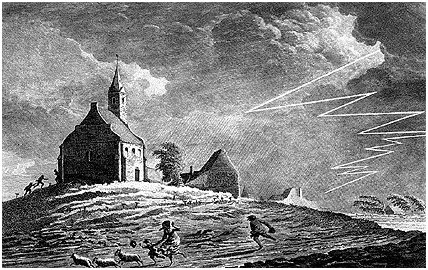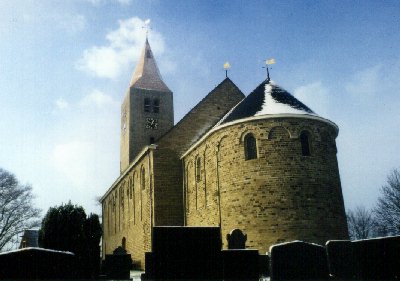

|
| |
 |
Legends and folklore on WieringenOn this page you find a collection of Wieringer legends, folktales and tall tales. Probably there is not much truth in them, but they are fun to read.
The city GrebbeThe legendary city Grebbe has its own page elsewhere on this site. It is likely that the tale of a city that disappears into the sea carries the echoes of the great flooddisasters around the year 1180 that resulted in Wieringen becoming an island.
De steen van Westerklief
The monastery at VatropVatrop has been mentioned in the earliest documents on Wieringen. Or at least a place or area named Varoht, in one sentence with Stroe and Alvitlo (later to become Hippolytushoef). It is widely assumed that Varoht is Vatrop. In the particular text the possession of two churches is recorded at Stroe and Alvitlo, directly followed by "et in Varoht similiter" - and the same applies for Varoht. Nowhere a monastery is mentioned, but there is a persistent legend about a monastery, connected by an underground tunnel with the church in Oosterland.In 1885 old people told about vaults and remnants of ancient walls at Vatrop. They resembled "the choir of the chapel of the Barbarosses at the Valkhof in Nijmegen" notes the writer and should therefore be in Roman, early medieval style. As is further noted the fathers of these old folks had played in the rubble in their youth, so counting backwards that must have been between 1780 and 1800. However, should there indeed have been a monastery there, remnants of it should have been found long ago. The whole idea of an tunnel is - to be honest - ridiculous. Such a tunnel would have been several hundreds of metres long. Should it be there, then it is even more unlikely to have remained unfound than it is for the monastery. The Heathen Chapel at Stroe The church at Stroe (the Heathen chapel) in 1778, etching by Pieter van Cuyck
The church at Stroe (the Heathen chapel) in 1778, etching by Pieter van CuyckStroe was like Vatrop and Westerklief one of the higher parts of the island. On these heights the first settlements were built. It is not too far fetched to suppose that the missionaries who came to convert the Frisian heathens on behalf of the Frankish emperor built a church on the spot of an ancient sanctuary. A usual strategy in these days. If this really happened shall remain a mystery for ever, I think. In any case this possibility will have helped in the forming of the myths that have always been around the church at Stroe. From the old documents we know that Stroe had a church as early as the first years of the 9th century. The Norsemen's gatesThe church at Oosterland, and probably the Willibrordschurch at Stroe as well, had a low side-entrance at the northface of the church. This entrance is no longer there. Why this entrance was made is unclear. The story behind it is that these gates were made especially for the Norsemen (the Vikings). The Vikings were forced to bow before the altar when they entered through the gate. Another explanation that is told for similar gates in other parts of the country is that the churchgoers were forced to bow before the Viking leader or the North, were the Vikings had their homeland. (Thanks to Kees Nieuwenhuijsen for telling me about this other explanation).More legends about the Oosterlander church The church at Oosterland appears to be a place where a large number of local legends and mysteries converge. Soon I hope to present a separate set of pages on the Michaelschuch, comparable to those about the Hippolytuschurch. But now the legends. The church at Oosterland appears to be a place where a large number of local legends and mysteries converge. Soon I hope to present a separate set of pages on the Michaelschuch, comparable to those about the Hippolytuschurch. But now the legends. During the recent restoration in the 1990s a number of remarkable things was found. As was known from the archives as early as the 9th century, not long after the Christianisation of the low countries, at least 2 churches had been founded on Wieringen. Research found the remnants of an older church under the present one. This older church has probably been built from wood and might be from the 9th century. Plain strange in this connection was the discovery of the foundation of crypt and choir. It was made as a stacked construction of boulders, one metre thick in total. From a purely technical point of view there was no reason to built crypts with a foundation. Thoughts quickly wander to the wellknown stories of missionaries building churches on top of heathen sacred places. Should this be the case we have got something unique here: the remnants of a Friso-Germanic heathen temple. As is proper for good scientists, the archaeologists conducting the investigation at the site have concluded that this is unprovable speculation.
|